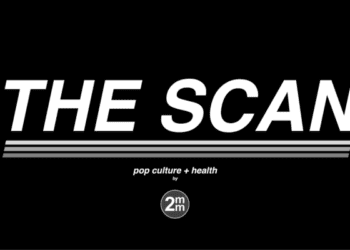Better pre-term outcomes after vaginal delivery
Image: PD
1. Among pre-term neonates, the likelihood of respiratory distress, low Apgar and death was higher after cesarean compared with vaginal delivery.
2. Vaginal delivery may provide benefit to preterm infants, particularly with regard to respiratory function.
Evidence Rating Level: 2 (Good)
Study Rundown: Researchers found that compared with vaginal delivery, cesarean delivery was associated with a significantly increased risk of respiratory distress, low Apgar score, and death in preterm neonates. The findings of this investigation suggest the process of labor and vaginal birth may improve outcomes and respiratory function in preterm neonates. The use of a large, diverse study population makes results fairly generalizable. However, standard limitations of a retrospective design and analysis apply and the investigation of short-term morbidities precludes commentary on longer-term consequences associated with route of delivery. Prospective studies are merited to assess evaluate whether the observed association is causal.
Click to read the study in Obstetrics & Gynecology
Relevant Reading: Uptodate: Overview of preterm labor and birth
Dr. Erika F. Werner, M.D., talks to 2 Minute Medicine: Maternal Fetal Medicine, Johns Hopkins School of Medicine
“The study is a retrospective cohort so its findings are limited, but it suggests that there may be some physiologic advantages for the neonate when he/she is delivered vaginally compared to by cesarean. Every delivery involves two patients- mom and baby–so when selecting a route of delivery, both patients must be considered. Thus it is important to understand how the mode of delivery impacts both patients. Prospective studies are needed, but this study suggests that whenever safe to do so vaginal delivery may offer some benefits to the neonate.”
In-Depth [retrospective cohort study]: Researchers used New York City birth data from 1995-2003 to compare outcomes of vaginal versus cesarean delivery in preterm, appropriate-for-gestational-age neonates (10th-90th weight percentile) delivered between 24 and 34 completed weeks of gestation. Neonatal morbidities, including intraventricular hemorrhage (IVH), seizure, sepsis, subdural hemorrhage, respiratory distress, 5-minute Apgar score <7, or neonatal death.
Of the 20,231 neonates included in the study, 14,023 (69.3%) were delivered vaginally and 6,208 (30.7%) were delivered by cesarean. Cesarean delivery was associated with an increased likelihood of respiratory distress (OR=1.88, 95% CI 1.76-2.00), a 5-minute Apgar score <7 (OR=1.94, CI 1.74-2.15), and neonatal death (OR=1.24, CI 1.04-1.48). Results remained significant when adjusted for maternal characteristics of age, parity, ethnicity, education, insurance, BMI, gestational age at delivery, smoking, diabetes and hypertension.
By Maren Shapiro and Leah Hawkins
More from this author: USPSTF recommends chemoprevention for women at high risk for breast cancer, IUD contraception equally safe in teenagers as in older women, Black men less likely to receive follow-up for elevated prostate cancer marker, PSA, More U.S. women using emergency contraception pill, No-cost contraception reduces unintended pregnancies
© 2013 2minutemedicine.com. All rights reserved. No works may be reproduced without written consent from 2minutemedicine.com. Disclaimer: We present factual information directly from peer reviewed medical journals. No post should be construed as medical advice and is not intended as such by the authors or by 2minutemedicine.com. PLEASE SEE A HEALTHCARE PROVIDER IN YOUR AREA IF YOU SEEK MEDICAL ADVICE OF ANY SORT. Content is produced in accordance with fair use copyrights solely and strictly for the purpose of teaching, news and criticism. No benefit, monetary or otherwise, is realized by any participants or the owner of this domain.








